
Advanced protection technologies encompass a range of innovative systems and instruments designed to safeguard physical assets and digital data against various forms of attacks. These technologies include firewalls, encryption, physical security systems, and cybersecurity measures, among others.
In today’s digital landscape, protection technologies play a crucial role. They safeguard sensitive data, ensuring its security and privacy by countering cyberattacks. As cyber attacks become more intricate, modern protection methods are becoming vital in preventing data breaches and maintaining trust in digital systems.
Many different fields use advanced protective technology. They defend against malware and hackers in cybersecurity. They protect infrastructure and private property in terms of physical security. Their applications are crucial for both digital and physical security concerns, and they are used in a wide range of industries, including government, healthcare, and banking.
Types of Advanced Protection Technologies
Cybersecurity Measures
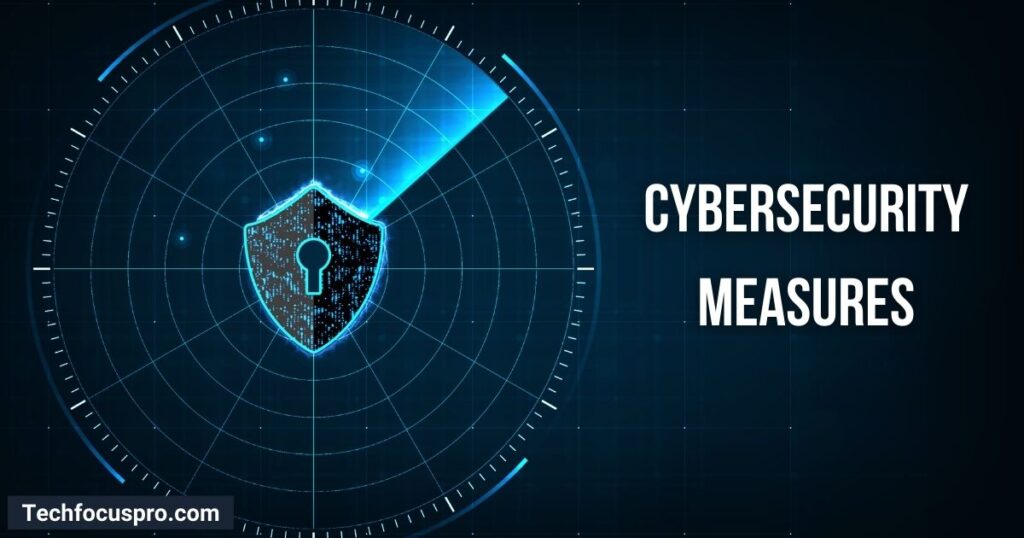
Firewalls
Firewalls serve as protective barriers, separating your computer or network from the internet. They actively supervise incoming and outgoing traffic, preventing unauthorized entry while permitting legitimate communication to flow smoothly.
Intrusion Detection Systems (IDS)
IDS systems are specifically created to identify any questionable activities or breaches in security policies within a network. Once an IDS detects a potential threat, it promptly notifies administrators, enabling them to take the necessary corrective measures.
Intrusion Prevention Systems (IPS)
IPS is capable of not just identifying suspicious activities, similar to IDS, but also implementing proactive measures to thwart potential threats. These actions may include blocking harmful traffic or terminating connections in order to halt an ongoing attack.
Antivirus and Antimalware
Your computer can be safeguarded from malicious software with the assistance of antivirus and antimalware software. These programs scan files and programs for harmful code, eliminate any identified threats, and continuously shield your system against new attacks.
Multi-Factor Authentication (MFA)
MFA enhances security measures by necessitating the use of two or more verification methods to gain access to an account. Typically, this involves the combination of a knowledge-based factor (such as a password), a possession-based factor (like a phone), or an inherent factor (such as a fingerprint).
Endpoint Security
Endpoint security is the practice of safeguarding devices, such as laptops, smartphones, and tablets, that connect to your network. It encompasses various measures such as encryption, antivirus software, and device management to effectively protect against potential threats at the endpoints.
Physical Security Technologies
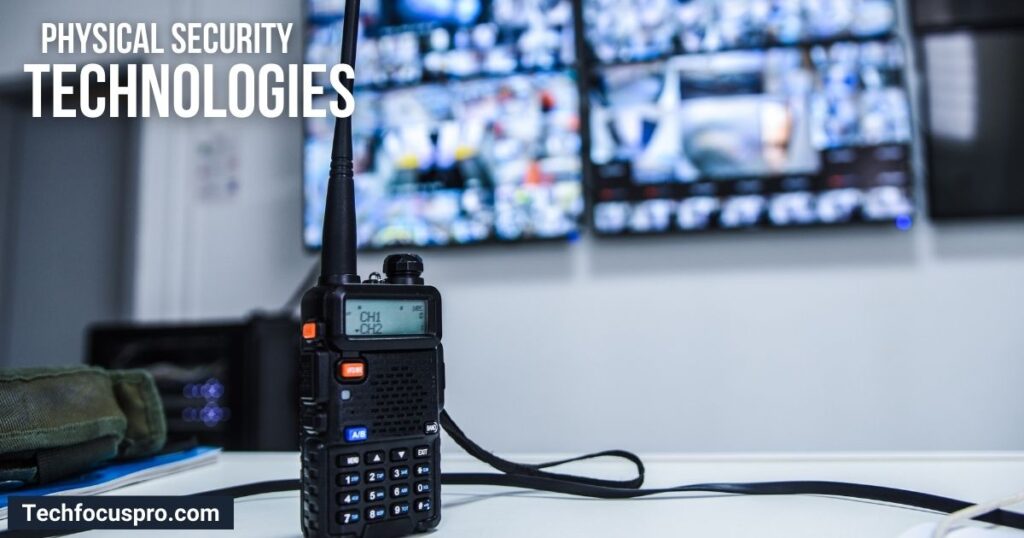
Biometric Systems (Fingerprint, Facial Recognition)
Biometric systems verify individuals’ identities by analyzing unique personal characteristics such as fingerprints or facial features. Access is authorized through fingerprint technologies that scan and match an individual’s fingerprints with previously recorded records.
Examining facial features, facial recognition software verifies identity, making it a secure and reliable access control method due to the difficulty of copying biometric data.
Access Control Systems
Access control systems are utilized to control entry and exit of individuals within specific areas of a building or facility. These systems make use of key fobs, keycards, and biometric readers to grant access.
Access control systems serve to protect sensitive areas by restricting entry only to authorized individuals, thereby preventing threats and unauthorized access.
Surveillance Systems and CCTV
Cameras are utilized in closed-circuit television (CCTV) and other surveillance systems to monitor and document activities occurring on and around a property.
These systems contribute to crime prevention, evidence gathering, and safety by consistently monitoring various locations. Users have the option to view the live feed from these cameras or store it for future reference.
Alarm Systems
Alarm systems are designed to alert property owners or security personnel upon detecting any suspicious activity or unauthorized entry.
Some possible components of these systems include glass break detectors, motion detectors, and sensors installed on windows and doors.
If any suspicious activity is detected, the alarm system will be activated, alerting through a loud siren or notifying a monitoring service. By serving as a deterrent to potential intruders and offering a rapid response mechanism, alarm systems play a crucial role in ensuring safety and security.
Data Protection
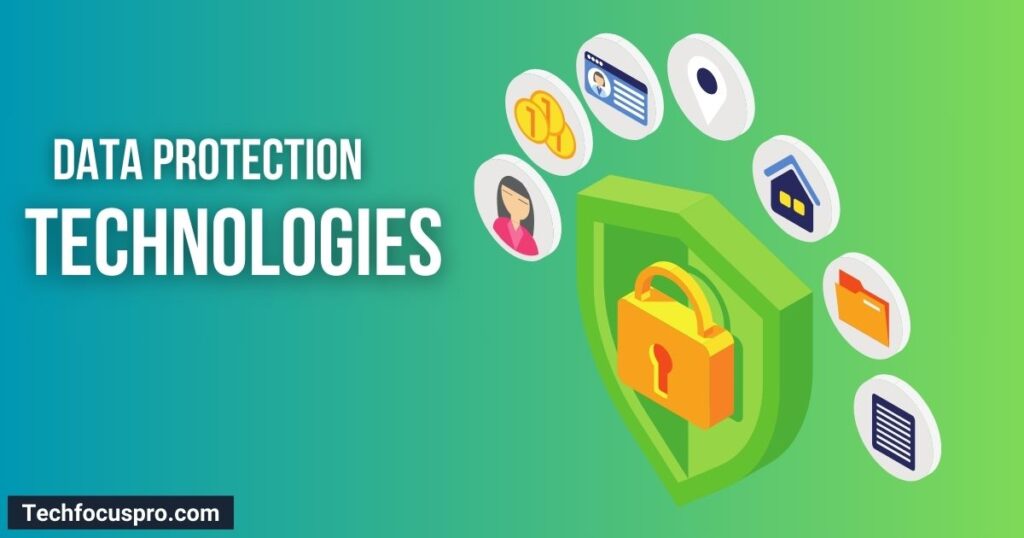
Encryption (Data at Rest, Data in Transit)
Encryption is a method that transforms data into a code, effectively preventing unauthorized access. Without the appropriate decryption key, encrypted data remains unreadable to anyone attempting to access it.
- Data at Rest: This describes information kept on a hard drive or a USB stick. Because of encryption, even if someone manages to access the device, they will be unable to read the data that has been stored without the decryption key.
- Data in Transit: Data transfer between locations, as over the internet, is referred to here. This data is encrypted to ensure that anyone intercepting it cannot decipher it.
Backup and Recovery Solutions
To safeguard against data loss, it is crucial to have backup and recovery solutions in place.
- Backups: This involves creating copies of your data and storing them in a safe place. If your original data is lost or corrupted, you can restore it from these backups.
- Recovery: This refers to the process of retrieving and restoring data from backups. Effective recovery solutions allow businesses to quickly resume operations after data loss.
Data Masking and Data Anonymization
The utilization of data masking and data anonymization techniques safeguards sensitive information.
- Data Masking: This involves replacing sensitive data with fake but realistic data. For instance, real credit card numbers might be replaced with a set of numbers that looks like a credit card number. This way, the data can be used safely for testing or training without exposing real information.
- Data Anonymization: This process removes all personally identifiable information from data sets. This ensures that individuals cannot be identified, which is particularly important for compliance with privacy regulations.
Secure Data Storage Solutions
Various technologies and methods are employed to ensure the safety of data in secure data storage solutions.
- Encryption: As mentioned before, encryption is crucial for securing stored data.
- Access Controls: Limiting who can access the stored data adds an extra security layer. Only authorized individuals should be able to view or modify the data.
- Redundant Storage: Storing multiple copies of data in different locations ensures that it is not lost due to hardware failure or other issues.
Together, these data protection technologies and methods provide a robust framework for safeguarding digital information against various threats.
Network Security
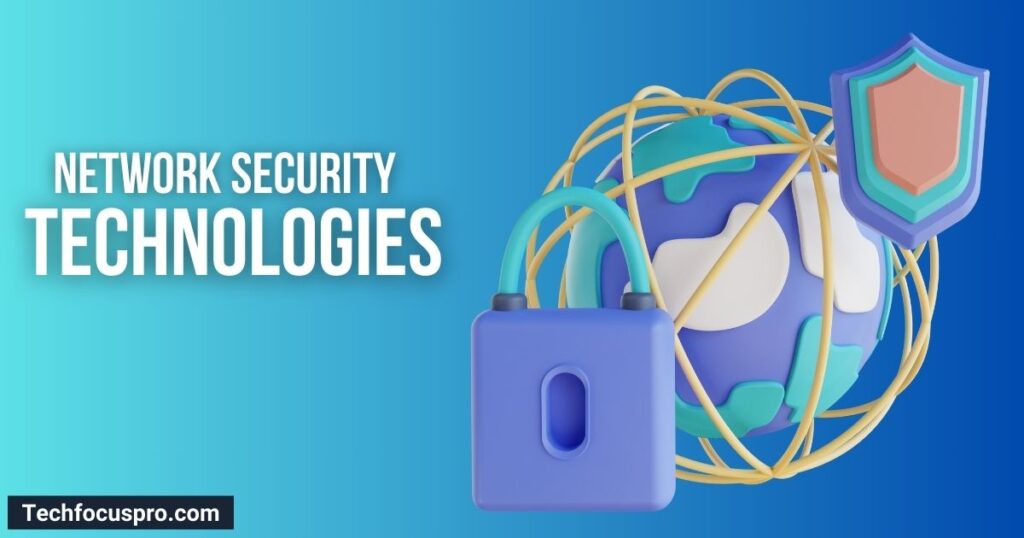
Virtual Private Networks (VPNs)
A virtual private network, or VPN, is a tool that enables you to establish a secure connection over the internet to another network. By encrypting your internet traffic, VPNs make it harder for third parties to intercept and monitor your online activity.
Utilizing public Wi-Fi networks becomes safer with this feature as it shields your data from potential hackers.
Network Segmentation
Network segmentation is the process of breaking up a large computer network into smaller, more private areas. Every section functions as a secure, independent network.
By implementing this strategy, organizations can mitigate the impact of a possible security breach and control the access to confidential data. This approach helps to minimize and confine the spread of attacks throughout the network.
Secure Network Protocols
The implementation of “secure network protocols” establishes rules and guidelines to ensure the protection of data as it traverses through networks.
Two examples of securing online activities are SSH, which allows for safe remote computer access, and HTTPS, which encrypts data exchanged between the user and the website to protect websites.
The implementation of secure protocols helps safeguard data from being tampered with or intercepted.
Wireless Security Measures
In order to ensure that only authorized users can access Wi-Fi networks, it is essential to implement wireless security measures. These measures consist of concealing the network’s SSID (the name of the Wi-Fi network), utilizing robust passwords, and activating encryption such as WPA3.
To safeguard your wireless network against hackers and ensure the security of your internet connection, adhere to these guidelines.
Application Security
According to a survey:
“Web applications are one of the most prevalent platforms for information and services delivery over Internet today” explore it more.
Application Firewalls
Application firewalls are security solutions that track and manage the inbound and outbound traffic of web applications.
Application firewalls provide protection against various risks, including but not limited to cross-site scripting (XSS) and SQL injection attacks. They achieve this by screening the traffic directed towards your applications, effectively blocking any malicious requests.
Secure Coding Practices
Secure coding techniques refer to the practice of writing code that minimizes vulnerabilities and prevents attacks. This involves refraining from using unsafe functions, properly managing errors, and validating input effectively.
Using secure development techniques, developers have the ability to construct applications that are highly resistant to hacking and various security risks.
Penetration Testing
Pen testing, also known as penetration testing, is a method employed to discover and rectify security vulnerabilities in an application. To uncover weaknesses, security professionals simulate attacks on the software.
By understanding and addressing these vulnerabilities, organizations can improve their application security and effectively protect themselves against real-world attacks.
Automated Vulnerability Scanners
Automated vulnerability scanners examine applications for security flaws by scanning their code and settings, identifying and reporting potential issues.
The utilization of automated vulnerability scanners facilitates swift identification and resolution of issues, thereby ensuring the security of the application.
Emerging Technologies in Protection
Artificial Intelligence and Machine Learning in Security
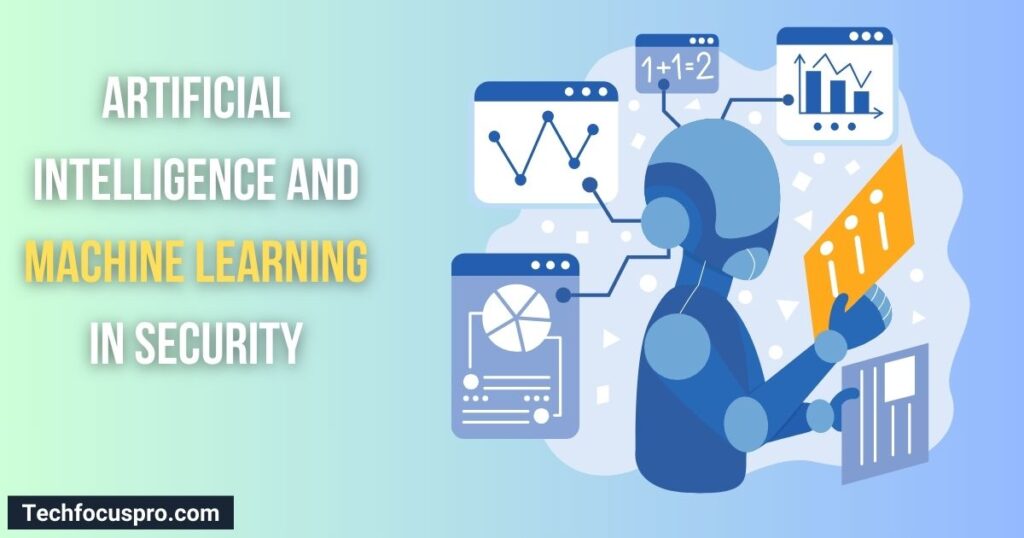
Advancements in artificial intelligence (AI) and machine learning (ML) have enabled systems to enhance their efficiency by acquiring knowledge from data and continually improving over time.
For instance, they have the ability to detect anomalies in login timings or unusual patterns of data access that may indicate a potential security threat.
Utilizing AI and ML for automating threat identification and response enhances security procedures, making them more precise and efficient.
Blockchain for Secure Transactions and Data Integrity
By utilizing a vast computer network for data recording, blockchain technology ensures secure and transparent transactions.
Making the data covertly modifiable becomes extremely challenging by encrypting each transaction and appending it to a series of previous ones.
The utilization of blockchain is an excellent choice as it provides protection for financial transactions and ensures the integrity of data.
Quantum Cryptography
Quantum cryptography utilizes the principles of quantum physics to establish secure communication channels, ensuring utmost safety. The generated encryption keys possess an exceptional level of invincibility owing to the unique attributes of quantum particles.
As the processing power of regular computers continues to increase, quantum cryptography offers a novel solution for safeguarding data.
Zero Trust Security Models
The zero trust security model operates under the belief that no one should be trusted automatically, whether they are from within or outside the organization. To gain access to network resources, individuals must undergo rigorous verification measures.
This strategy not only guarantees that only authorized individuals can access critical information, but also aids in mitigating the risk of internal breaches.
Behavioral Analytics
Behavioral analytics aims to detect anomalies within a system by monitoring and analyzing user activity, thus identifying potential security threats.
Suspicious behavior can be detected by behavioral analytics systems, for instance, when an employee starts accessing large quantities of sensitive data less frequently. This activity can be further investigated.
By focusing on behavior patterns, these technologies aid in identifying potential security vulnerabilities that may otherwise be missed.
What Are Industry Applications of Advanced Protection Technologies in Various Sectors?
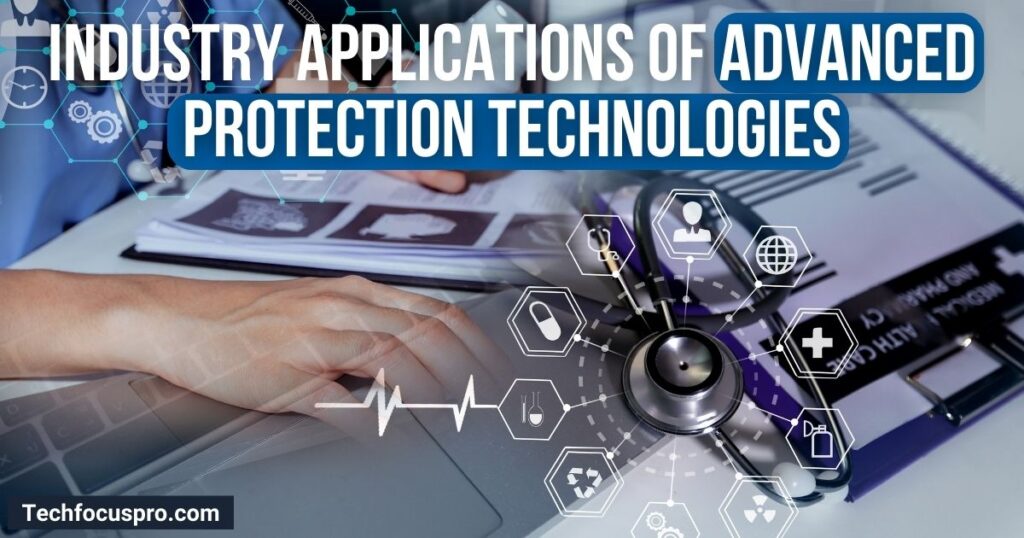
Healthcare
Protecting Patient Data
In the healthcare industry, ensuring patient data security is crucial. It is imperative to safeguard sensitive information contained within medical records from unauthorized access.
Patient data privacy and confidentiality are ensured through the implementation of advanced encryption techniques and secure access procedures.
Secure Medical Devices
Examples of medical equipment, such as insulin pumps and heart monitors, require security measures to prevent tampering. To safeguard these devices from potential cyber threats, implementing robust authentication procedures and regularly updating the software are two effective security methods.
Compliance with Regulations (HIPAA)
To safeguard confidential patient data, the Health Insurance Portability and Accountability Act (HIPAA) sets national guidelines. Healthcare providers are required to implement security measures and conduct regular audits to ensure compliance with HIPAA requirements and protect patient data.
Finance

Fraud Detection and Prevention
In order to detect and put a halt to fraudulent behavior, the finance industry employs sophisticated algorithms and real-time monitoring systems. By seeking out irregularities and analyzing transaction patterns, financial institutions can protect their customers from fraudulent activities.
Secure Transactions
Ensuring transaction security is paramount within the banking industry. To prevent data breaches and unauthorized access during financial transactions, encryption technologies and secure communication protocols are employed meticulously. These measures are implemented to safeguard the transferred data effectively.
Regulatory Compliance (PCI-DSS)
The Payment Card Industry Data Security Standard (PCI-DSS) mandates that organizations processing credit card transactions must adhere to certain requirements. This entails establishing security controls to protect cardholder data and conducting periodic assessments of security protocols.
Government and Defense
National Security Measures
In order to ensure national security, government and defense agencies implement advanced security measures. These measures encompass the protection of private information, monitoring for potential threats, and fortifying communication channels.
Critical Infrastructure Protection
Ensuring the protection of critical infrastructure, such as water supplies and electrical grids, is of utmost importance. These essential systems are safeguarded against cyberattacks and various threats through the implementation of security policies and regular assessments.
Cyber Warfare Defense Mechanisms
Creating sophisticated cybersecurity plans, utilizing cutting-edge technology to identify threats, and carrying out coordinated reactions to possible cyberattacks are some of the government’s defense mechanisms against cyberwarfare.
Education
Protecting Student and Faculty Information
To maintain confidentiality, educational institutions store extensive personal data for students and faculty, employing secure access controls and encryption techniques.
Secure Online Learning Platforms
In the era of online learning, ensuring the security of educational platforms has become increasingly crucial. Measures like end-to-end encryption and frequent platform updates play a vital role in safeguarding against unauthorized access and data breaches.
Preventing Cyberbullying and Attacks on Educational Institutions
To maintain a secure learning environment, educational institutions employ monitoring tools and stringent security protocols to counteract cyberbullying and safeguard against potential attacks. Moreover, educating students and staff on safe online practices is crucial in ensuring the overall safety of the school or university.
Conclusion
Advanced protection technology is crucial for safeguarding sensitive data and ensuring security across various industries, such as healthcare, banking, government, and education. It plays a vital role in maintaining data privacy, defending against potential cyberattacks, and aiding in the prevention of unauthorized access.
Constantly changing cyber threats necessitate the continual innovation of protection techniques. To stay ahead of cybercriminals, organizations must regularly upgrade their security protocols and adapt to emerging threats.
Funding research and taking initiative are essential in ensuring the continuous advancement of tools and techniques to combat cyber attacks. By doing so, we can establish a safer digital environment for everyone.
Share your thoughts what you have learn new in this post. Do you like it we also cover a topic about Demand Flow Technology. You can find it here “What is Demand Flow Technology?“
Advanced Protection Technologies: Best Guide 2024 – Tech Focus Pro








